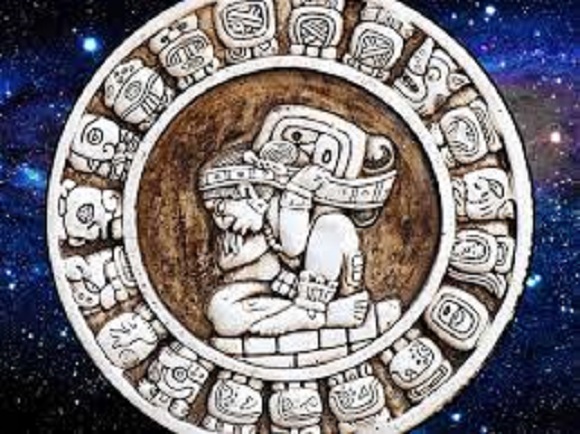According to the research, the development of fishing canals would cause a semi-permanent residence of the first settlers of Mayan origin.
Through the images captured by Google Earth drones, architects discovered a series of canals built by the predecessors of the Mayans in the Yucatan Peninsula.
The images show one of the systems implemented by the ancient settlers of the peninsula more than four thousand years ago, which facilitated the obtaining of fish through their sophisticated network of traps.
The geospatial anomalies that were located in what is now Belize, it was determined that most of these constructions are connected to a series of ponds or other “amorphous” bodies of water.
How did the network of fishing canals work?
The zigzag constructions located on the Yucatan Peninsula were built to run close to natural ponds to facilitate the capture of fish and the storage of live aquatic species in the bodies where the canals emptied.
The canals have the characteristic that they point downstream and effectively guide the flow of water without being able to go back, which resulted in a type of “slides” for the migrating fish, concentrating them in the ponds to be captured more easily.
According to the article published in Science Advances, locals reported that the constructed ponds concentrated fish even during the dry season, due to the zigzag formation in which it was built.
.

Images captured by Google Earth drones. Photo: Google Earth published in Science Advances
Vestiges of ancient Mayan civilizations
According to the research, the development of the fishing canals generated a wide modification to the landscape which would cause a semi-permanent residence of the first settlers of Mayan origin.
Archaeological evidence of Mayan camps has been found along the western coast, but no evidence of corn cultivation or any type of seed-based crops to supplement their fish-based diet has been found.
Among the objects found in the area are bowls and mortars made of ground stone, as well as stone tools used for working wood.


